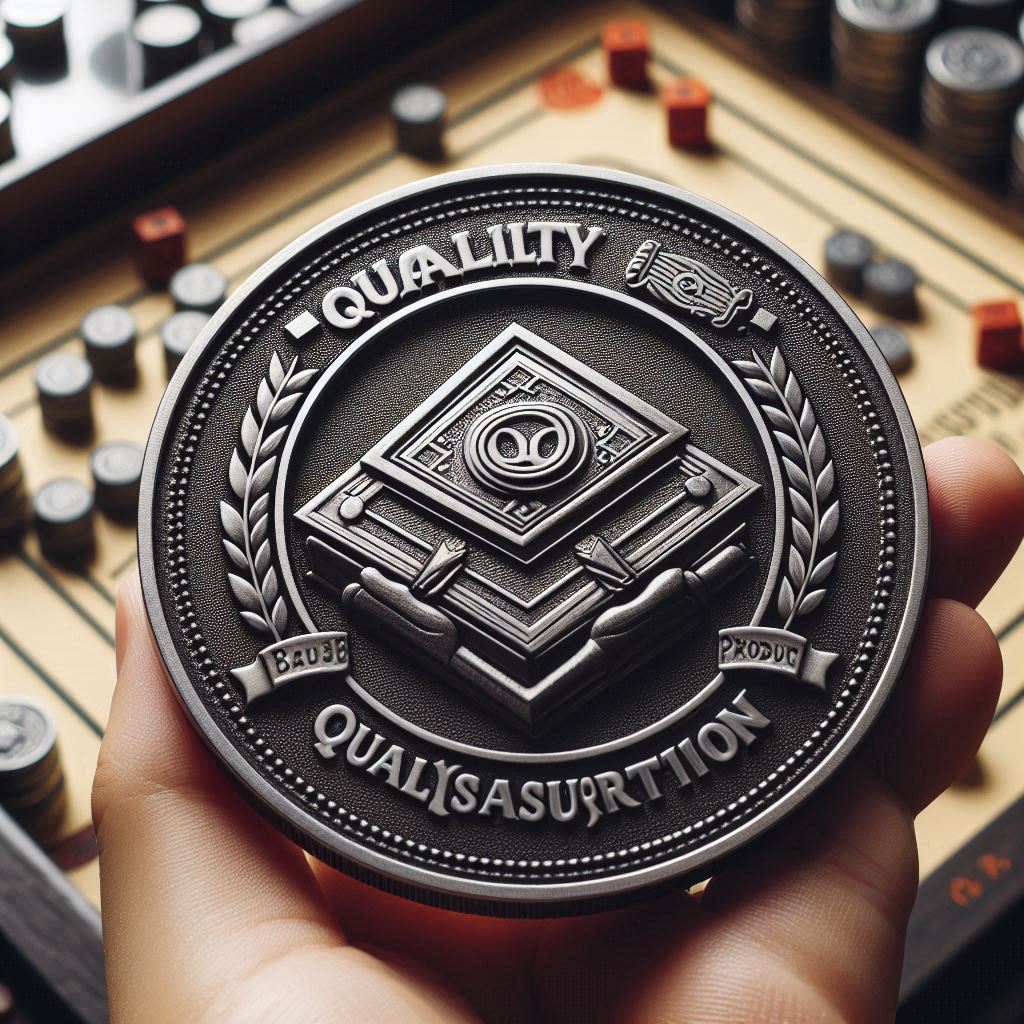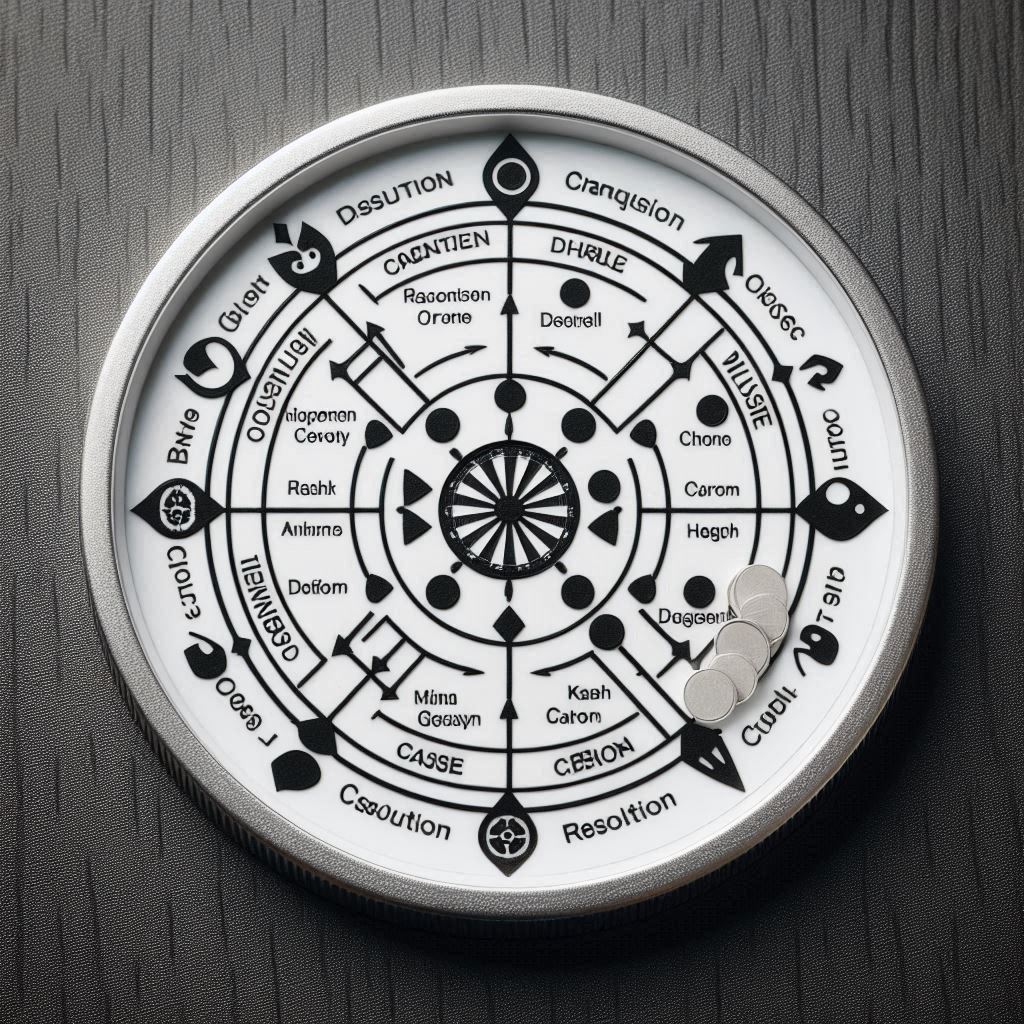Out of the 314 Registered ISACA CMMI Partners, Only 14 Hold Elite Status, and CUNIX is Proud to be One of Them
- Home
- About Us
- Services
- Publication
- Training
- Careers
- Contact Us
Delivers a comprehensive solution that effectively addresses functionality, performance, and quality standards, aiming to exceed customer expectations. This approach significantly enhances customer satisfaction by consistently meeting or surpassing their functional and quality requirements by, Using documented integration strategies to ensure consistency. Implementing single or iterative builds for flexibility and control and by Verifying and validating each build for optimal performance.

Design and develop solutions that fulfil customer, functional, and quality requirements by creating, evaluating, and selecting cost-effective design solutions that meet specific criteria—whether through approaches, concepts, or preliminary models—tailored to achieve an optimal balance of functionality, quality, and cost. Refine chosen designs to a level of detail that enables seamless implementation and ensures alignment with operational standards. Finally, bring these designs to life as a finished product, service, or component that effectively fulfils customer needs and business objectives.
Ensures and continuously enhances the quality of processes and resulting work products, promoting consistent application and ongoing improvement of these processes to maximize business value and customer satisfaction. Objective process quality assurance evaluations are crucial for project success; thus, evaluators should remain impartial and refrain from assessing their own work. Typically, personnel independent of the project conduct these evaluations, adhering to established criteria and methods. These assessments compare the executed processes and work products against applicable standards, process descriptions, and procedures. Senior management actively supports process quality assurance by regularly reviewing evaluation results and taking appropriate action to foster improvement.


Gathers and clarifies requirements, ensures mutual understanding among stakeholders, and aligns requirements with plans and work products to enhance the probability of delivering a solution that meets or exceeds customer expectations and needs.
Requirements typically fall into three categories: customer or business requirements, solution requirements, and interface or connection requirements. These requirements capture stakeholder needs across various lifecycle phases and address critical attributes such as responsiveness, security, quality, and any relevant constraints.
Ensures that selected solutions and components meet specified requirements and confirms that they function as intended within their target environment, increasing the likelihood of satisfying customer expectations. Verification and validation activities encompass identifying and tracking corrective actions through to resolution, promoting continuous improvement.
Verification and validation serve distinct purposes: Verification ensures that the work product and solution accurately reflect the defined requirements, confirming “you are building it right.” Validation, on the other hand, demonstrates that the solution fulfills its intended purpose within its target environment, affirming “you are building the right thing.


Proactively identifies, documents, analyzes, and manages potential risks and opportunities to mitigate adverse effects or capitalize on favorable impacts, enhancing the likelihood of achieving objectives.
Risk and opportunity management is an ongoing, proactive process that involves identifying and mitigating potential negative impacts that could hinder objectives, as well as recognizing and capitalizing on positive impacts to enhance performance and accelerate goal attainment. This process engages all levels of the organization, fostering a culture of anticipation and responsiveness to both challenges and opportunities.
Builds personnel skills and knowledge to enhance role efficiency, effectiveness, and organizational performance. The training program aligns with business objectives and addresses shared needs across projects and support groups, ensuring responsibility is coordinated organization-wide.
Training encompasses technical skills, ensuring proficiency in equipment, tools, processes, and data; organizational skills, including role comprehension, core principles, and workplace conduct; and contextual skills, fostering self-management, effective communication, and interpersonal abilities essential for successful performance.


Estimates the scope, effort, duration, and cost of resources required to develop, acquire, or deliver the solution, establishing a foundation for commitments, planning, and proactive management. Accurate estimation reduces uncertainty, enabling early corrective actions and increasing the likelihood of meeting objectives.
Effective estimation considers the work’s scope, size, and complexity, is based on available data, and records any uncertainties as risks for ongoing management.
Provides a comprehensive view of project progress, allowing for timely corrective actions when performance deviates significantly from the plan, thereby increasing the likelihood of achieving project objectives. The project plan—whether as a single document or integrated across multiple sources—serves as an essential tool for tracking, communicating, and assessing actual progress to determine necessary adjustments. Progress tracking systematically compares actual performance against planned or estimated values across critical areas such as size, complexity, effort, cost, schedule, quality, milestones, knowledge and skills, resources, stakeholder engagement, and commitments. This thorough approach ensures alignment with objectives and facilitates a smooth transition to operations and support


Develops comprehensive plans that outline the requirements for accomplishing work within organizational standards and constraints, optimizing cost, functionality, and quality to enhance the likelihood of achieving objectives. Planning activities can be conducted at multiple levels—enterprise, division, department, project, or workgroup—allowing diverse teams to contribute strategically across the organization. The organization clearly defines its structure, roles, and responsibilities across functions, ensuring a consistent and cohesive approach to planning that aligns with its overall goals and perspective
Pinpoints the root causes of specific outcomes and implements targeted actions to prevent the recurrence of undesirable results or to strengthen positive outcomes. By addressing these underlying causes, these actions effectively minimize rework, directly boosting quality and productivity.
Identifies underlying causes of specific outcomes, suggests practical measures for resolution, executes selected actions to drive improvement, records information on cause analysis and resolution activities, and presents recommendations for sustainable enhancements based on proven success.


Ensures the integrity of work products through rigorous configuration identification, version control, change management, and auditing, minimizing the risk of work loss and enhancing the ability to deliver the correct version of the solution to the customer. Configuration management planning encompasses the oversight and control of all work products developed or modified throughout the project lifecycle, providing a structured approach to maintaining accuracy and consistency.
Utilizes a structured, documented process to make and record decisions, enhancing objectivity and increasing the likelihood of selecting the most effective solution.
Decision analysis and resolution activities involve developing and maintaining guidelines to identify decisions that require a structured, criteria-based approach, applying this process to select the optimal option from a range of alternatives, and using it across both technical and nontechnical choices, particularly when multiple viable solutions exist. This structured approach can be applied to critical decisions at all organizational levels, fostering consistency and rigor in decision-making.


Drives performance toward business objectives through targeted measurement and analysis, maximizing return on investment by directing management and improvement efforts toward cost, schedule, and quality outcomes.
‘Performance’ encompasses both individual and organizational levels. For example, data on measurements and performance is collected at the ‘work level’ and then aggregated to provide insights that support performance analysis at the broader business level.
Establishes and maintains essential process assets to support efficient work execution, enabling the organization to understand and replicate successful performance.
Organizational process assets ensure consistent process execution across the organization, allow flexibility through tailored processes guided by established standards, support continuous learning and improvement, provide long-term benefits that enhance performance, and facilitate the sharing of best practices and lessons learned, promoting growth and excellence.


Drives continuous improvement in processes and infrastructure to achieve business objectives by identifying high-impact enhancements and ensuring that performance results are visible, accessible, and sustainable. This approach ensures that processes and infrastructure contribute meaningfully to business success.
Process improvement efforts aim to enhance customer value, align with strategic business objectives, increase efficiency and effectiveness in operations, boost profitability and financial sustainability, maintain a competitive edge, and elevate employee satisfaction and engagement.
Provides essential guidance to senior management on their role in sponsoring and governing performance, processes, and related activities to minimize the costs of process implementation, increase the likelihood of achieving business objectives, and ensure that implemented processes effectively support organizational success.
Senior management’s involvement is vital to successful process implementation, as they set the strategic direction and expectations for process initiatives, ensure alignment with business objectives and evolving needs, reinforce and reward continuous process improvement, monitor performance and achievements to guide ongoing efforts, and allocate necessary resources for process development and enhancement.


Ensures that critical processes and assets are consistently followed, utilized, and refined, sustaining the organization’s ability to achieve its goals and objectives efficiently and effectively. Establishes a robust infrastructure to support the development, adherence, maintenance, and continuous improvement of these processes
This infrastructure includes documented processes that accurately represent work practices, essential resources like personnel, tools, materials, and facilities, adequate funding for process execution, training to ensure personnel can perform effectively, and objective evaluations to confirm that work meets intended standards and expectations.
Addresses process performance and work product issues through systematic reviews by peers or Subject Matter Experts (SMEs), reducing costs and rework by detecting issues or defects early in development. Peer reviews serve as an essential and effective verification, validation, and quality assurance activity. These reviews, conducted through methods like inspections, structured walkthroughs, audits, or other techniques, allow peers or SMEs to objectively and thoroughly examine work products, identifying defects for early removal.
Teams conducting peer reviews gain substantial advantages by establishing criteria to prioritize critical areas, strategically selecting work products based on impact and relevance, and conducting thorough reviews that incorporate diverse perspectives for a well-rounded evaluation.
